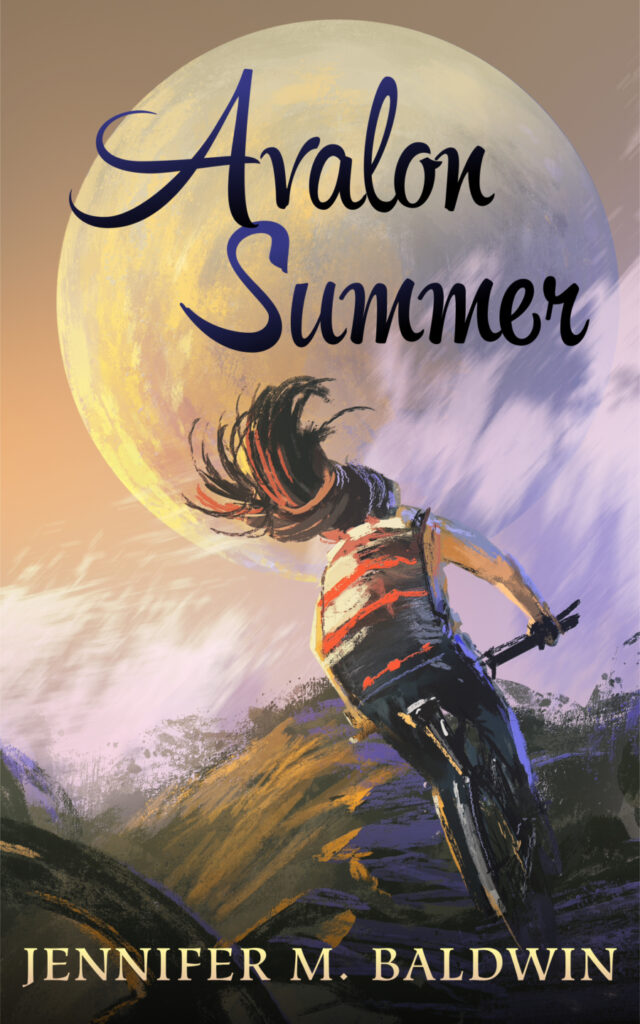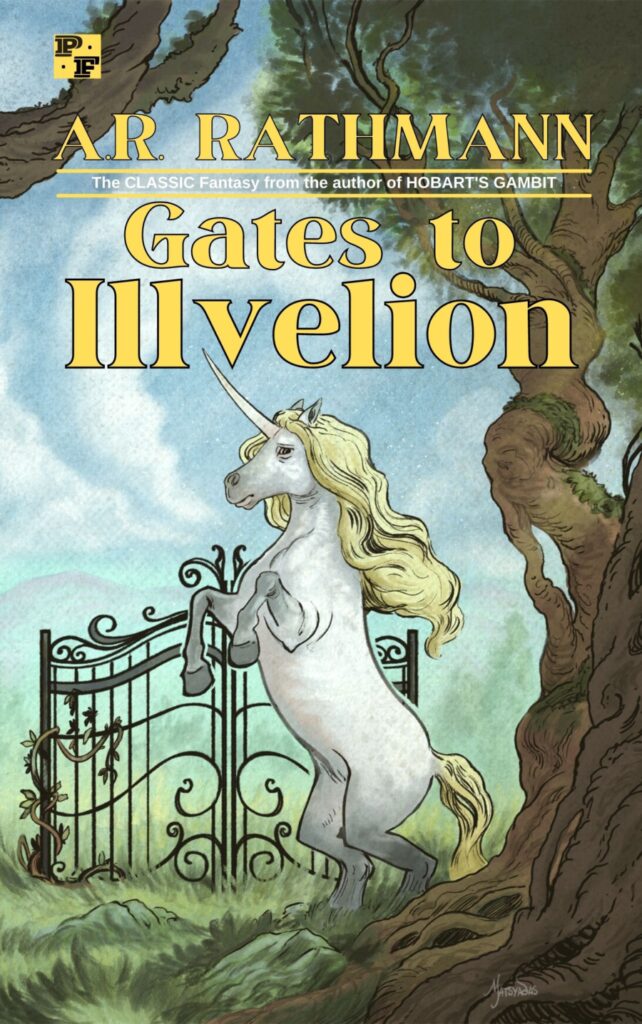I just re-read my post about being pregnant and wow, does it sound whiny. I won’t lie: things were not good in the first trimester. Sickness, extreme exhaustion, lots to do at my teaching job.
But reading that post now. Eeeeesh. I sound like a whiny whiner who whines.
My work habits have improved since then. Part of that is due to being off for the summer (yay! teacher-life!), but a larger part of my improved work habit is an awesome little book called Life Long Writing Habit by Chris Fox.
Fox’s 5,000 Words Per Hour was a revelation for me when I read it in November 2015. My word counts jumped from 500 words per hour to closer to 1,500 within the span of just a few weeks. If I hadn’t gotten so down in the dumps during the first trimester, I would probably be closer to 2,000 words per hour by now. I cannot recommend Fox’s book enough. His book is the only one I’ve read that has real, actionable steps that can be taken to improve one’s writing speed. I’ve read other books about writing more words per hour, but most of them just offer advice like, “write using an outline” or “don’t worry about typos.” This kind of advice is not helpful for the more experienced writer.
Fox’s book, on the other hand, was immediately helpful, and it will continue to be helpful as I move through my writing career. I am not a novice writer; I didn’t decide to *just* start writing. I’ve studied screenwriting in college, lived in L.A. and tried to get a job in television, took screenwriting courses, wrote articles about classic movies for different online publications, and taught English classes (nothing will hone editing/revision skills like helping teenagers improve their writing). I’ve been writing for a long time. Fox’s book is one of the few that hasn’t repeated a bunch of stuff I already learned in college; it offered me something new, and as of right now, it’s working. It was the kick in the pants I needed to get my writing speed up to “Moderately Prolific Indie Writer” levels (now I just need to level-up to “Insanely Prolific Indie Writer”).
Just a few weeks ago, I decided I needed another kick in the pants. Being in the doldrums earlier this year — and finding my revision process on Thirteen Treasures utterly stalled — I decided to pick up another one of Fox’s books. Lifelong Writing Habit didn’t come as highly touted as 5,000 Words Per Hour; it seemed to be the forgotten middle child in Fox’s “Write Faster, Write Smarter” series. However, it also seemed to be a motivational book, and I needed motivation.
True to its title, in just a couple of weeks, I have developed a ridiculously better writing habit. Whereas (since summer started) I couldn’t drag myself out of bed until almost 7:30, I am now getting up regularly at 6:00 a.m. and starting my day with writing. I used to avoid working on Thirteen Treasure revisions (for fear of failure, of course), but now I know that unless I get to work, my goals for the future won’t be realized. I now have much more concrete (and written down) goals for where I want my life and career to be. And I’m excited about writing again.
This is all thanks to Fox’s book.
Regarding my current revision adventures, I am currently in the trenches. I’m in the middle of the book, revising chapters that are messy, sometimes corny, and utterly mediocre compared to the chapters I’ve already revised. Deep revision like this is comparable to one of those snowball-rolling-down-a-hill things you see in cartoons (or Willow). One small change to a character’s motivation in chapter 2 is now having huge ramifications in chapter 7, and the new character backstory I invented in chapter 4 must be incorporated into the character’s reactions in chapter 9. The chapters I thought wouldn’t take as much time to revise are proving to be just as time-consuming as the utterly horrific chapters I’ve spent weeks revising.
I’ll be honest: At times, this revision process has made me feel like a failure. I had a publication date goal of June 22nd, but that date has come and gone, and I’m still revising the manuscript (let’s not even talk about proofreading yet, please).
My new goal is November for publication. Even though I’m moving my date back, it should be more effective in the long run. This gives me time to do what I originally intended to do: write books 2 & 3 before book 1 comes out. Being able to release all three books within a 6-month span should help with visibility and marketing efforts.
Lifelong Writing Habit has definitely improved my outlook in this regard. No matter what my publication dates are, I know that each day I get my work done, I get one day closer to my goals. This cannot be stated enough, my fellow writers: Everyday you work, you get one step closer. Days spent writing are never wasted days, even if it’s taking you longer than you hoped.
I have to keep reminding myself of this. If I keep working, the book will get finished. And it will get finished when it gets finished; looking back at past deadlines and sighing is not a productive habit. If I want to achieve my goals, I must look forward. I must keep doing the work that needs to be done, even if it’s not perfect.
I think perfectionism can hinder us not only in the actual words we write, but also in the habits we try to form: i.e., “If I’m not writing my 2,000 words an hour, then I am a failure.” This is false; it is a failure mindset. Better to say, “I wrote 700 words today. I want to get to 2,000, but 700 words today is more than I had yesterday.” Let’s call it the “Keep on keepin’ on” mindset. If we, as creative artists, can just keep on keepin’ on, we will achieve our goals.
 Ysbaddaden and the Game of Chess (sequel to The Thirteen Treasures of Britain) is not making much progress. I had written about 7,000 words earlier this year, and then the Great Life-Altering News of 2017 happened: I found out I was pregnant. Again.
Ysbaddaden and the Game of Chess (sequel to The Thirteen Treasures of Britain) is not making much progress. I had written about 7,000 words earlier this year, and then the Great Life-Altering News of 2017 happened: I found out I was pregnant. Again.

